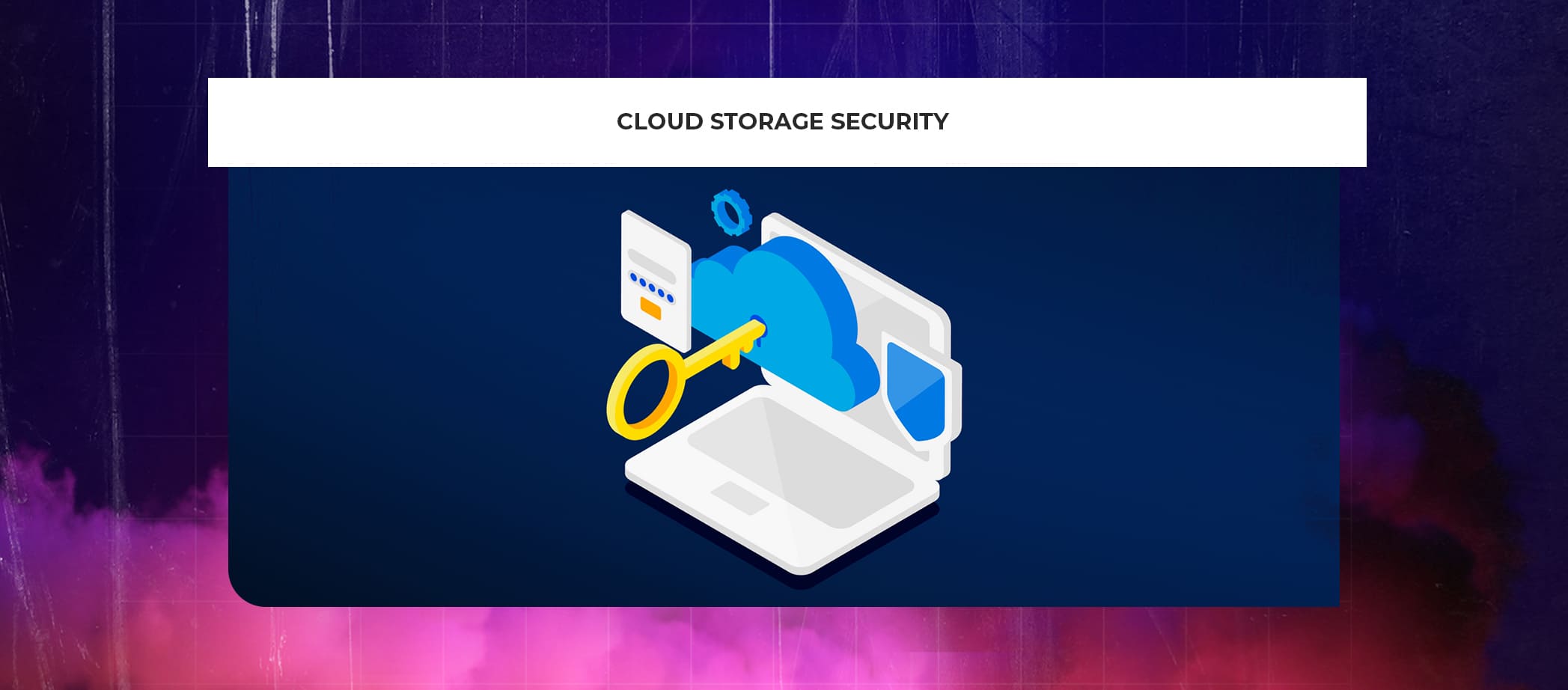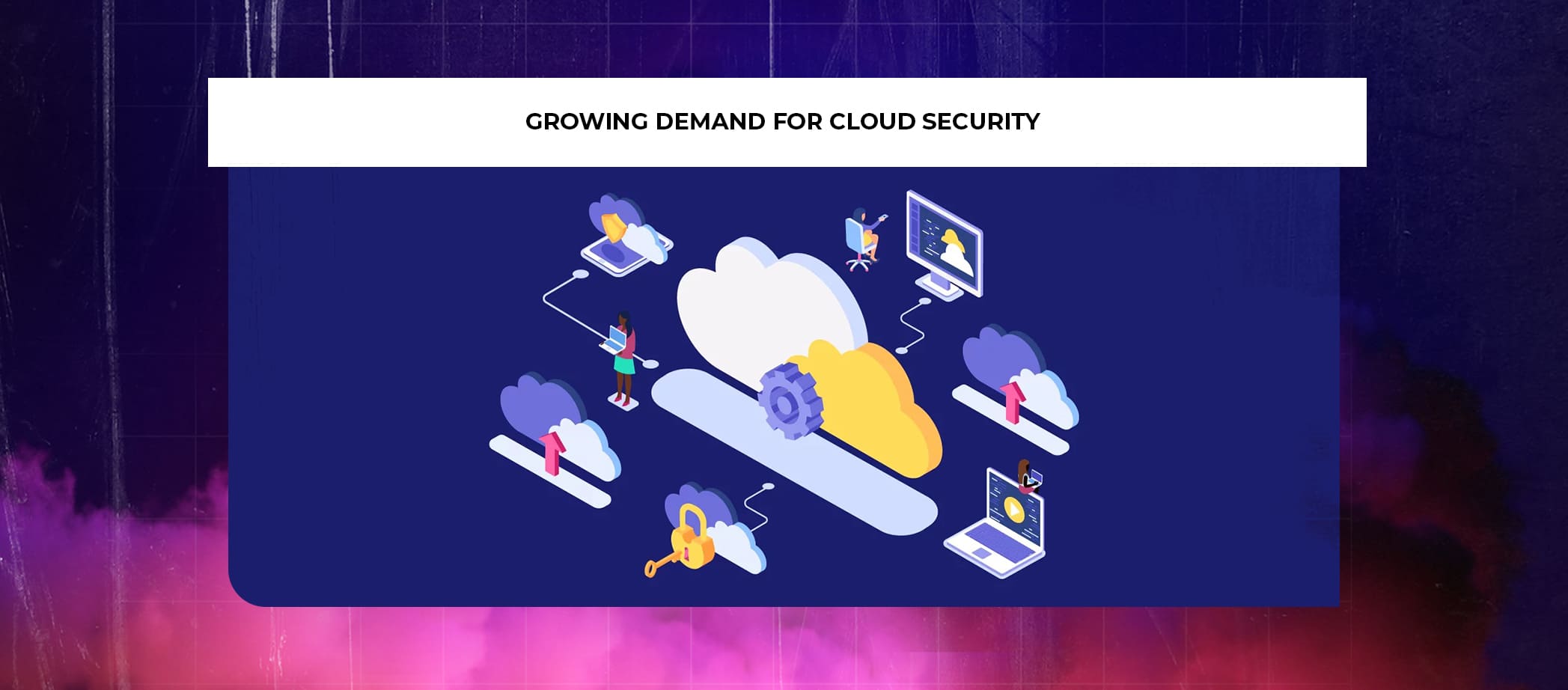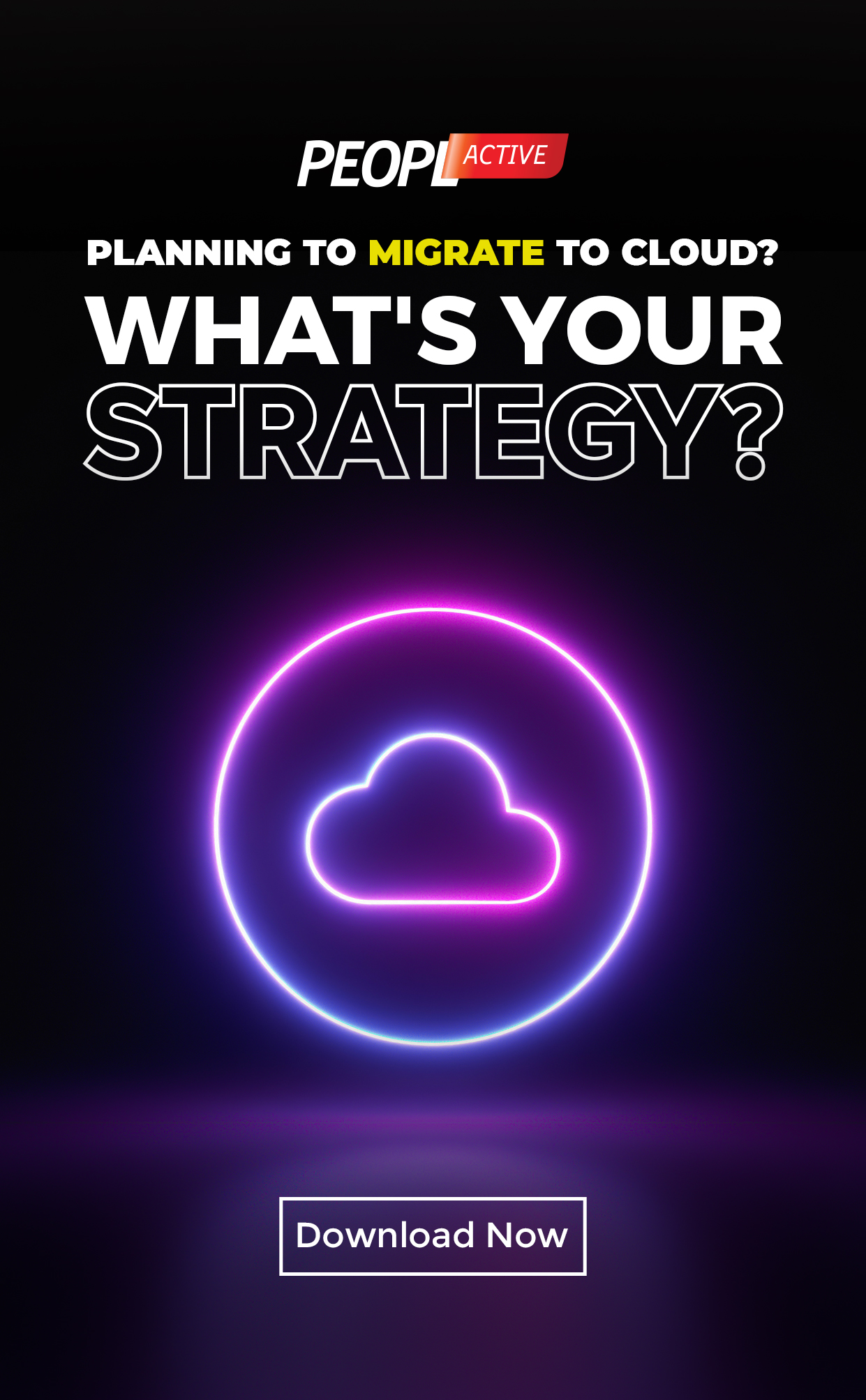Home » Cybersecurity » Cloud Security » Who is responsible for protecting data in the Cloud?
Who is responsible for protecting data in the Cloud?

PeoplActive is an ISO 27001:2013 certified leading tech hiring platform. By utilizing an exclusive network of 4000+ Silicon Valley caliber tech talent specialized in 100+ in-demand IT skills, it was pretty easy for businesses to hire game-changing engineers and developers in just 48 hours. So, if you want to accelerate your business, schedule a quick call with our experts now.
By 2025, Cybersecurity Ventures predicts that 50% of all data will be kept on the Cloud. Many obstacles must be overcome to protect that data, particularly as Cyber threats increase and the average cost of a data breach rises to a record-high $4.35 million. Nowadays, it’s critical for businesses to know where their data is stored, who is in charge of it, and how to properly protect it in the Cloud.

The protection of data in the Cloud is a huge problem
According to analysts from the Cloud Security Association (CSA), 89% of enterprises store sensitive data or workloads in the Cloud. Alarmingly, just 39% of firms report having high levels of confidence in the Security of their Cloud data, and only 4% claim that the protection is sufficient for all of their Cloud-based data. In addition, 92% of Security Experts who work for firms that have already suffered a data breach predict that they will suffer another one in the next 12 months.
Conflicts may arise as a result of the Shared Responsibility Model
Because there are frequently overlapping lines of authority when it comes to protecting that data, Cloud data protection can be particularly difficult. Some businesses might believe that their Cloud Service Provider (CSP) is going to keep them safe, yet CSPs operate under a shared responsibility paradigm. Many firms are unsure of precisely which Security measures are under their purview and which ones the CSP is in charge of in this approach. Furthermore, it will probably become even more unclear who is in charge of what as CSPs develop and add more services as well as tools to set up, administer, and secure those services.
A good thumb rule is that while companies are in charge of Cloud Security, the Cloud service provider (CSP) is in charge of the cloud’s platform, service, and products (especially their data). Owning your tools will guarantee that your cloud-based data is always safe from attackers.
Read More: What is Cloud Security? Why is Cloud Security Mission-Critical?
Don’t let your Cloud Security choices leave the door open for hackers!
Multi-Cloud settings increase the complexity
But, it’s not just businesses that are transferring data to a single Cloud site. About 90% of businesses claim to have a Multi-Cloud strategy, and 67% of IT pros predict that their companies will continue to use hybrid Clouds in the future. It is crucial to protect data wherever it may be, but these multi and hybrid-Cloud technologies add complexity. The more Clouds a company uses, the more difficult it is to manage its data assets there, and the less effective its standard data protection methods are.
The fact that shared responsibility models can vary from one CSP to another presents additional difficulty in Multi-Cloud setups. The varying policies of various providers add to the difficulty faced by Security and risk management teams.
According to Gartner, customers will be at blame for at least 95% of Cloud Security failures up until 2025. This forecast ought to act as a reminder to businesses that they need to improve the Security of their Cloud data. To secure their data in the Cloud and lower risk, they must know where their data is, understand their obligation, and put rules and practices in place and enforce them.
Everyone needs to take responsibility for Cloud Security
Incorrectly, businesses believe that when they go to the Cloud, the Cloud provider would take care of security. It’s critical to keep in mind that when we talk about Cloud Security, we’re talking about the whole ecosystem of people, processes, laws, and technology employed to protect data and apps that are stored in the Cloud. This falls within the obligation of the company, the Cloud provider, and every user. The Security of Cloud-based data depends on who has access to it, even though the data may be secure. To secure the Cloud, everyone must be accountable.
Read More: How to Organize Your Cloud Security Team
Growing demand for Cloud Security
As businesses are required to protect organizational data, including both their own and customer data, there is an increasing need for stronger Cloud Security. High-profile data breaches have prompted companies to proactively assess and manage their Cloud Security. But, as companies raise the bar for Cloud Security, hackers are also getting smarter.
The key concern is whether your company is using Cloud Technology safely, not whether the Cloud is secure. The Cloud’s Security drawbacks are directly correlated with its advantages, which further complicates problems.

Protect your data in the Cloud with PeoplActive
To secure your company’s future in the modern, digital world, you must invest in Cloud Security. Despite the many advantages of Cloud Computing, businesses must be careful to protect their data. The trust of your customers could be lost as a result of a single Cyberattack, which is all it takes to ruin your firm. To protect your Cloud data, take preventative measures. Hiring a Cloud Developer that can look after your company’s data is the first step towards achieving this. PeoplActive is the finest place to look if you’re seeking Cloud Consulting Services and On-demand talent-hiring services.
Raise your Security Posture With PeoplActive’s Cloud Security Engineers
The post Who is responsible for protecting data in the Cloud? appeared first on PeoplActive.
*** This is a Security Bloggers Network syndicated blog from PeoplActive authored by Dariel Marlow. Read the original post at: https://peoplactive.com/responsibility-to-protect-data-in-cloud/





